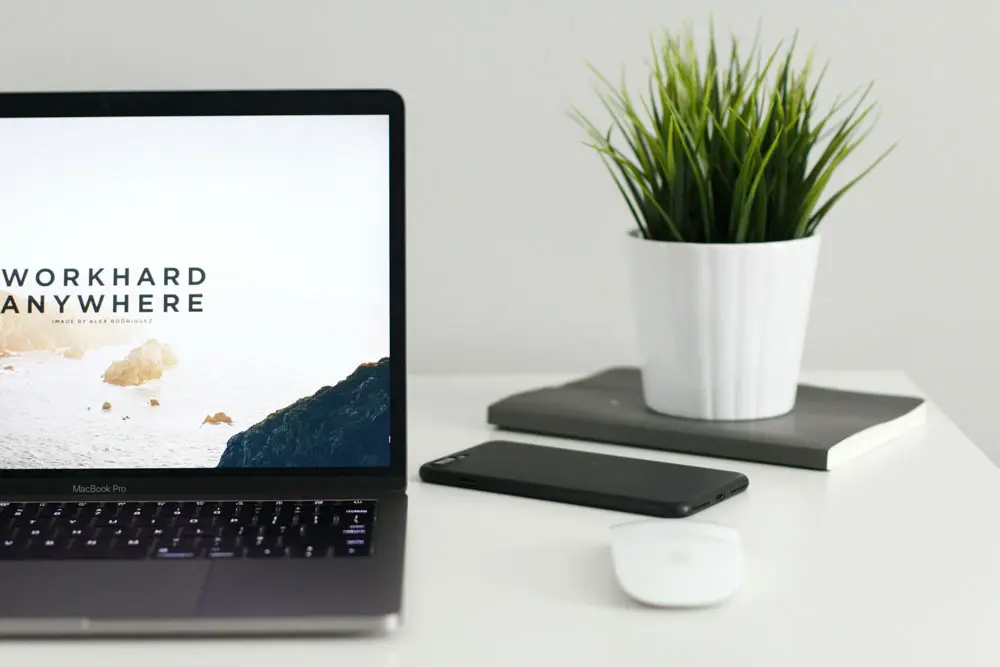Whether you’re designing a website from scratch or redesigning an existing website, you need to know how you’re going to go about with the project. You need clear objectives and specific, actionable information on what you’re going to do with your design. Every website will have different goals, so there isn’t a universal guideline that you can follow. However, here are some tips to making sure you’re doing the right things with your web design.
Tip #1: Design Around the Brand
The brand doesn’t necessarily have to belong to your parent company. The brand can be based on anything from the product line you’re promoting to the blog of the website you’re publishing your content on. The brand is important because it sets you apart from competitors that are probably doing the same thing everyone else is. You want your brand-oriented design to be memorable, unique and built to connect with your audience.
Tip #2: Start With SEO in Mind
You may not be planning to use SEO to promote your website, but it’s still important that you design a site that’s SEO-friendly. The reason why is that you may want to launch an SEO campaign somewhere down the line. If you’ve ignored designing an SEO-friendly website and your site has grown considerably, you’ll have to commit resources to overhaul a developed site. Fortunately, there are many CMS and plug-ins that make optimization quick, simple and easy.
Tip #3: Choose Your CMS Wisely
Don’t just choose any CMS that you come across. There are many things to consider when it comes to choosing a CMS platform. For example, you want to think about what kind of site you want to build and whether the CMS will help you accomplish your goals. You have to think about what kind of third-party software and plug-ins that you want to use. You also need to think about how you’re going to organize and manage your content to see which solution works best for you.
Tip #4: Design for UI and UX
The user interface (UI) and user experience (UX) of design often get ignored. You have to remember that a great experience and interface are what’s going to get people to actually use your website, come back later, and even recommend it to their friends. It’s a good idea to implement UI and UX best practices in your initial design so that you don’t have to overhaul your design to match the standards later. It will also support the brand of your web design as people will remember what it’s like to actually use your website.
Tip #5: Design for Conversion
In addition to UI and UX, you also need to design for conversion. Designing for UI and UX does indeed increase web conversion but it doesn’t necessarily focus on that aspect. Designing for conversion is about really getting into your design and testing all the small and big details of your website to see what improves your conversion rate. It’s vital to your online success whether you’re collecting leads, selling products/services, or even trying to get users to click more.
Conclusion
In conclusion, successful website design or redesign hinges on a clear understanding of objectives and detailed action plans. Five key tips for efficient web design include designing around the brand to foster a unique and memorable connection with your audience, starting with SEO in mind to avoid future site overhauls, wisely choosing your CMS based on your specific needs, focusing on UI and UX to enhance user interaction and satisfaction, and designing with conversion optimization in mind to improve engagement and profitability. Embracing these strategies ensures your website effectively meets its goals, evolves with the changing digital landscape, and continues to serve as a dynamic platform for your brand.









